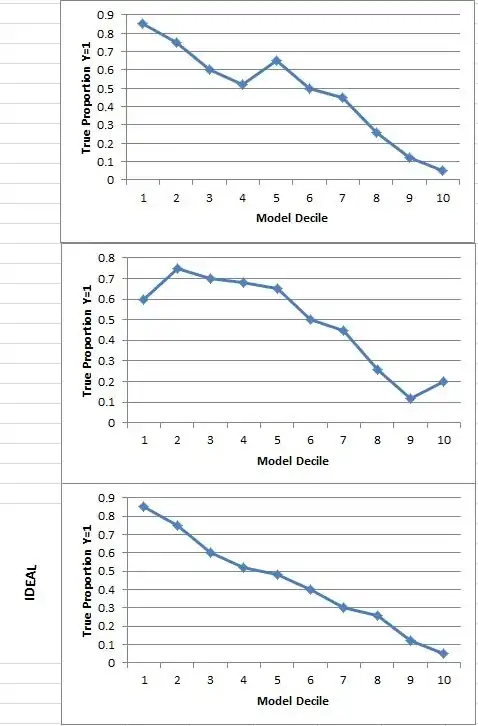Let's assume we have the following result of a longitudinal experiment, which evaluates the effect of a fertilizer over time. The dependent variable is about "poor condition". The higher value, the worse condition. So it's about improvement over time.
There are 2 fertilizers, A and B and 3 time points: Baseline, T1 and T2.
The analysis of mixed ANOVA on the post-values reports as on the picture. I didn't add CI to make it more readable, it doesn't matter much.
The effect of interaction is significant. It's clearly visible on the picture. Plants under worse condition are treated with fertilizer B and they improve a lot. Plants under better condition are treated with fertilizer A and don't improve much. Honestly, they don't improve at all.
So from that we can see, that the effect of fertilizer is large. Ill-conditioned plants improve greatly already at time T1 and this good condition persists over time to T2.
But this interaction totally masks the main effect of the fertilizer. Only the visual inspection shows that.
It would be normal, if there was no time variable, but rather, something else, categorical. Then it's obvious, that in presence of such a disordinal interaction we cannot speak about main effects, because the interaction "flips" the direction of the effect. So we need to analyze simple effects at each level of the second variable.
But here - it's about time and the crossing point occurs only at the baseline. It only highlights the large main effect of the fertilizer, which is masked by the interaction totally. Of course, ANOVA does not know the context and the mathematical procedures just see the numbers as they go.
How to handle this situation with a single model?
This model with post-values shows only effect of time.
A model with change-from-baseline shows large effect of fertilizer but no effect of time - because it gets "stable" from T1 to T2
But we clearly see, that:
there is effect of time on fertilizer B, but this can be seen only if modelling post-value vs. control, via Dunnett procedure.
there is effect of fertilizer in overall, but this can be seen only if modelling change score. Time effect is almost zero here.
But if I use two models, it inflates the type 1 error, so I have to correct them for all subsequent comparisons. Is there any good approach regarding longitudinal models like that?
PS: I also used GLS to adjust for the baseline, but it didn't improve much. Let's skip the discussion on assumptions now and focus only on the interpretation.
So, again, how to handle this situation with a single model to show both effect of time and fertilizer? Is this even possible with a single model? Is this common in research to use two different models in this case, or should I just go through simple effects, one by one (a lot of comparisons, which inflates the type 1 error, requiring adjustments).

